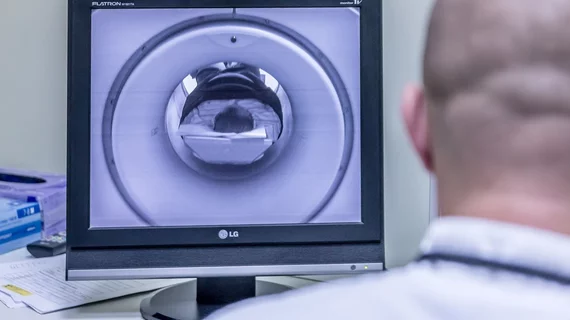Radiologist cites 'inattentional blindness' after missing signs of metastasis in patient
A woman in New Zealand is now battling advanced cancer after signs of metastasis eluded the eyes of a radiologist.
In 2022 a woman, who was not named in official reports, was diagnosed with terminal cancer shortly after noticing a lump in her left breast. Not only was the lump deemed malignant, but her cancer also had spread into her lymph nodes and liver.
This news came as a surprise, as a year earlier she had gotten a clean report from a radiologist interpreting a CT she had undergone to make sure her previous cancer—melanoma that had spread but was successfully treated with immunotherapy—had not recurred. The radiologist reading that exam made no note of any suspicious findings, but an investigation later revealed that the scan, which was of her chest, abdomen and pelvis, showed clear evidence of axillary lymphadenopathy.
The woman also had an MRI of her shoulder in 2021. That scan, interpreted by a different radiologist, also had abnormal lymph nodes that were not reported.
The CT miss is being attributed to “inattentional blindness,” according to an official report from Deputy Health and Disability Commissioner Vanessa Caldwell. The radiologist involved explained that he was looking for typical pathways the woman’s previous cancer would have spread on the right side of her body.
“Usually it would ascend along the lymph nodes on the right side of the lower limb, then into the abdomen. I note the concept of ‘inattentional blindness’ in this regard,” he said during the investigation. “The presentation of breast cancer was not what I was looking for.”
Investigators deemed the finding as “possibly/definitely significant,” noting that it should have been reported. Had it been, it could have prompted an earlier mammogram and, thus, an earlier diagnosis.
The radiologist has since made verbal and written apologies to the patient, in addition to adjusting how he conducts his reads. He has adapted his structured report “to include expanding the review areas outside those of an expected tumor biology.” He also had his interpretations reviewed by a peer radiologist for several months after the incident.

